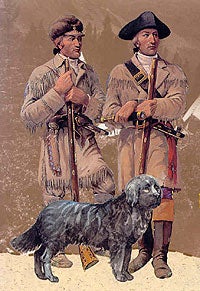 Highlighted this week is the dog name:
Highlighted this week is the dog name:
Scannon
This may or may not have been the name of Meriwether Lewis’s black Newfoundland that went with him on the Lewis and Clark expedition to the Pacific.
Interestingly enough, for many years, scholars believed the Newfoundland’s name was Scannon, until 1984, when Donald Jackson (one of the pre-eminent Lewis and Clark historians) noticed a stream in one of Clark’s maps clearly designated as “Seaman’s Creek.”
He went back to the original journals, studied the handwriting, and determined that what previous editors had believed was “Scannon” was instead “Seaman.” (Which for a Newfoundland makes more sense than Scannon.)
Seaman is not mentioned in the journals after July 15, 1806, on the return trip, when Lewis was at the Great Falls and notes that his dog was being plagued by mosquitoes.
So, from the written record, we can’t say for sure what happened to him. But it is firmly believed by most expedition scholars that Seaman made it back to St. Louis with the rest of the Corps of Discovery. Why? Because it is inconceivable that the dog’s death, disappearance, or abandonment would have gone unremarked in the journals of Lewis, Clark, or any of the other men.
Information from pbs.org
For more dog names please visit us at: www.dognameswoof.com
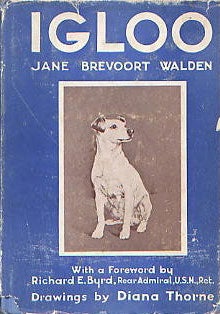 This week’s name is:
This week’s name is: 
















 This week’s name is:
This week’s name is: 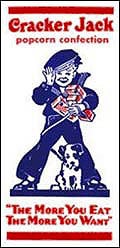 This week’s name is:
This week’s name is: 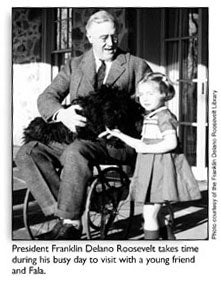 This week’s name is:
This week’s name is: 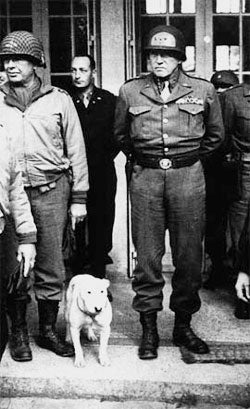 Because of Veteran’s Day over the weekend our name this week is:
Because of Veteran’s Day over the weekend our name this week is: 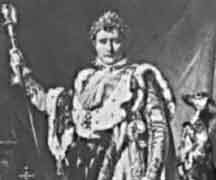 This week we look at two dog names:
This week we look at two dog names: 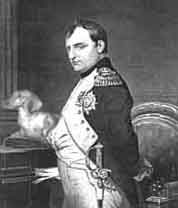
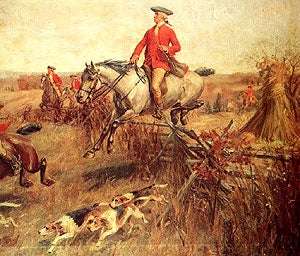 This week we look at the dog name:
This week we look at the dog name:  Highlighted this week is the dog name:
Highlighted this week is the dog name: 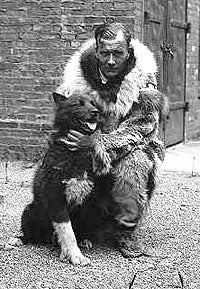 The dog name I chose to highlight this week is:
The dog name I chose to highlight this week is:  The dog name I chose to highlight this week is:
The dog name I chose to highlight this week is: